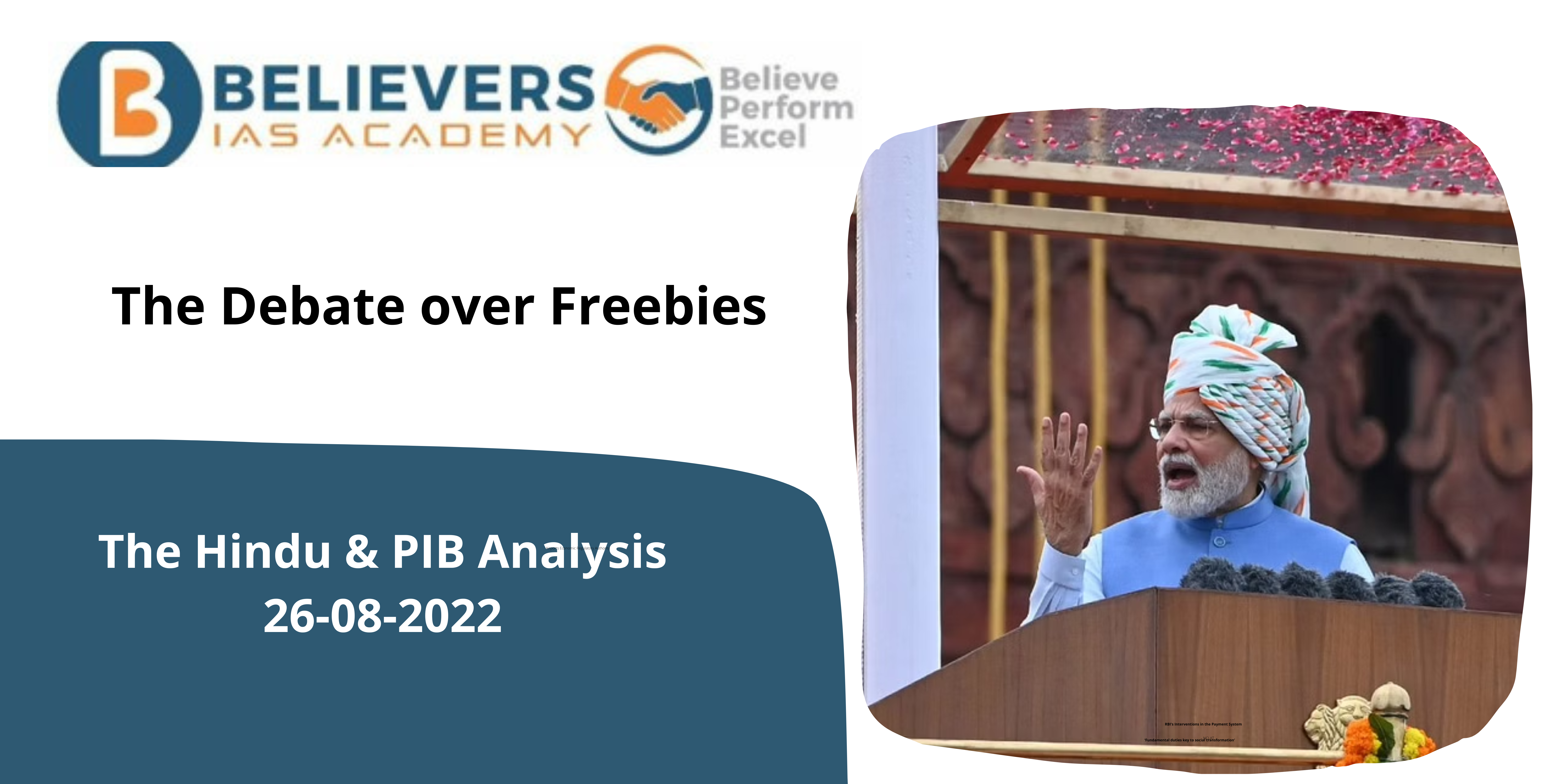India’s Sovereign Debt Debate
Context:
The recent discourse surrounding India’s sovereign debt, as assessed by the International Monetary Fund (IMF), has stirred considerable debate. A response from the Finance Ministry aims to provide clarity and address potential misinterpretations regarding the assessment, highlighting key aspects of the country’s fiscal landscape.
Relevance:
GS-03 (Indian Economy)
International Monetary Fund (IMF):
- The IMF, comprised of 190 member countries, operates on a system of representation proportional to financial contributions. This ensures that voting power aligns with economic significance.
- The objectives of IMF includes fostering global monetary cooperation, ensuring financial stability, promoting international trade, supporting employment and sustainable economic growth, and reducing global poverty.
- It plays a central role in advising and financing policies for developing nations.
- Originating from the Bretton Woods conference in 1944, the IMF emerged to prevent economic downturns like those experienced during the Great Depression.
- It initially introduced fixed exchange rates and later adapted to a system of floating exchange rates after the collapse of Bretton Woods in 1971.
- During the 1973 oil crisis and the 1997 East Asian financial crisis, the IMF implemented lending programs and rescue packages to stabilize affected economies. It played a crucial role in transitioning former Soviet bloc countries to market-driven economies.
Functions of the IMF:
- The IMF provides financial assistance to member countries facing balance of payments issues, oversees the international monetary system, and offers capacity development through technical assistance and training.
- It aims to help countries achieve Sustainable Development Goals (SDGs).
Governance Structure of the IMF:
- The IMF’s governance involves the Board of Governors, ministerial committees (IMFC and Development Committee), and the Executive Board.
- The Board of Governors is responsible for key decisions, including approving quota increases and admitting new members.
Dimensions of the Article:
- IMF’s Annual Consultations
- Fiscal Dynamics: The Challenges and Commitments
The IMF’s Debt Assessment
- IMF’s Annual Consultations:
- The IMF’s routine bilateral consultations with member countries, including India, involve an in-depth analysis of economic and financial data.
- Recently, the Finance Ministry reacted to the IMF’s assessment, disputing certain presumptions related to India’s sovereign debt risk.
- This response comes in the wake of the IMF’s suggestion that adverse shocks could propel India’s general government debt to, or beyond, 100% of GDP by 2027-28.
- Challenging Worst-Case Scenarios:
- The Finance Ministry clarified that the IMF’s perspective represents a worst-case scenario, not an inevitable outcome. Comparisons with other nations, such as the U.S., the U.K., and China, revealed even higher extreme ‘worst-case’ scenarios at 160%, 140%, and 200% of GDP, respectively.
- India’s current combined central and state government debt, standing at 81% of GDP, showcases a declining trend from 88% in 2020-21, potentially dropping to 70% by 2027-28 under favorable conditions.
- Addressing Global Shocks:
- The Finance Ministry underscored that global shocks, like the 2008 financial crisis and the recent pandemic, have shaped India’s economic trajectory. It emphasized that the statement was not a confrontation with the IMF but an attempt to prevent misinterpretation.
- While India’s Director on the IMF Board expressed reservations about certain conclusions, the broader view acknowledges an improvement in the IMF staff’s perception of India’s fiscal position over the past year.
Fiscal Dynamics: The Challenges and Commitments
- Evolving IMF Perceptions: Contrary to the previous year’s concerns about India’s fiscal space, the IMF staff now deems sovereign stress risks as moderate. This shift in perception is attributed, in part, to the Central Government’s ability to adhere to fiscal deficit targets. With debt levels at 57% of GDP last year, the Centre’s commitment to reducing debt and maintaining fiscal discipline becomes pivotal.
- Imperative of Debt Reduction: Reducing debt and aligning expenditures with the goal of achieving a fiscal deficit of 4.5% of GDP by 2025-26 is crucial. The Finance Ministry’s emphasis on actions rather than words highlights the significance of adhering to these commitments. This fiscal prudence is imperative not only for economic stability but also for addressing any potential sovereign stress risks.
- Reservations on Debt Risks: India’s Director on the IMF Board had reservations about the staff’s conclusions on debt risks, signaling a nuanced evaluation of the economic landscape. The emphasis on the Centre’s ability to meet fiscal targets and manage debt levels positions India’s fiscal policies as key determinants in navigating global economic challenges.
Way Forward: Addressing Challenges
- Clarity in Communication: While responding to critical details in reports may draw attention, the Finance Ministry’s effort to provide clarity aims to ensure accurate interpretations. Striking a balance between challenging assumptions and maintaining open dialogue becomes crucial in navigating fiscal challenges.
- Balancing Debt and Expenditure: Addressing potential skill gaps, enhancing education, and healthcare provisions are integral components of a comprehensive strategy. A nuanced approach is essential to tackle both demand and supply-side challenges in the employment landscape.
- Macro-Policy Reorientation: As the nation struggles with sovereign debt concerns, a reorientation of the macroeconomic policy framework is suggested. This includes considering direct tax reforms, reducing exemptions, and creatively using macro-policy tools to support a constructive employment agenda.


